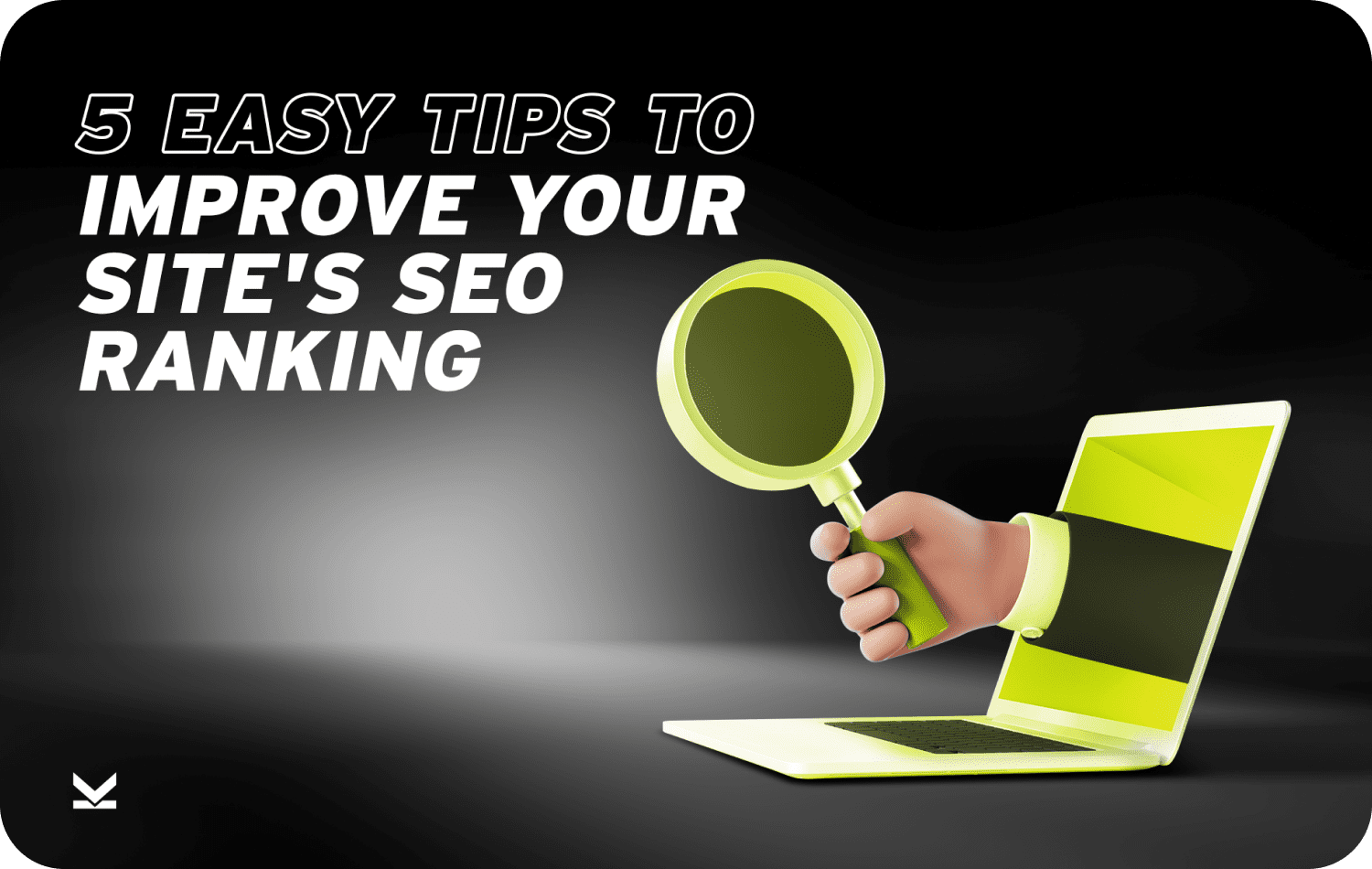The internet is a big place, with lots of marketing opportunities wherever you look. So how do you get started with digital marketing? First, it’s important to understand what is digital marketing?
Digital Marketing is a broad term used to describe modern, online marketing. As the name suggests, it differs from traditional marketing in that it is digital, as opposed to paper flyers, radio ads, and telemarketing, etc.
Digital marketing can be broken down into numerous categories, with each category being broken down into multiple strategies and tactics, each with hours of training. But since this is an introduction to digital marketing, this guide focuses on 3 key focal points: Lead generation, Engagement, and Promotions.
Lead Generation
No business can survive without customers. Lead generation is the process of getting someone into your marketing funnels in hopes of them becoming one of those future customers. It’s how you get someone to give you their contact information so that they become a legitimate lead. When it comes to lead gen, you’ve got two main options: paid traffic or organic traffic.
Organic Lead Generation
Organic lead generation just means that it happens on its own. Leads find you without any advertising. They search for information or a product or service that you offer and choose your listing out of all the search results. Organic lead generation is all about SEO.
Search Engine Optimization, more commonly referred to as SEO, is a marketing strategy that helps businesses appear at the top of searches without having to pay to do so. With more people spending more time online than ever before, SEO is not just a “nice to have” marketing strategy, but a necessity. If your business isn’t focused on SEO, you’re costing yourself a fortune in organic traffic that you could be monetizing on autopilot. Before you understand how to leverage SEO, it’s important to understand what it actually is.
What is Search Engine Optimization?
The first thing you should know about SEO is that for it to be effective, it needs to align with your audience’s interests. That means you need to have a thorough understanding of your customer. That’s because SEO is about maximizing your organic traffic by appearing in more searches. That means knowing what your customers are searching for so that they can find you more easily.
For example, if you’re running an electronics store, your customers are probably searching for terms like ‘good computers’, ‘cheap computers’, ‘next-gen consoles’, and ‘computer repair.‘
The key to SEO is making your content more relevant to user searches. The more your content matches a search term, the more it gets displayed by Google, the more it gets clicked on by users, the more authority Google gives your site. That’s how you get ranked at the top of searches for specific keywords.
Keywords are an integral part of SEO. They’re also known as ‘search queries’ since they are the words and phrases that searchers enter into search engines. Utilize unique keywords on every page of your site to show up in related searches, but avoid using ‘click bait’ to draw people in with completely unrelated words.
Keep in mind that while you’re optimizing for a specific search term, many other businesses are doing exactly the same thing for exactly the same search term.
That’s partly why knowing which keywords to use is only the beginning. The most relevant keywords shift over time, so you have to keep up-to-date with the keywords that your customers are using and modify your content appropriately.
Paid Lead Generation
Paid lead generation is the counterpart to organic lead gen. It’s exactly what it sounds like; traffic that you pay for. Organic traffic takes months — or even years — to appear near the top of Google’s search results. But paid traffic instantly puts you at the top of page one.
However, paid traffic operates on a sort of auction system, which means your success may depend on how much you can afford to pay for a click or search term. Or, get creative with your funnels to target more affordable traffic and qualify them to become customers.
Paid traffic can include just about any online platform, including Google, Facebook, YouTube, Bing, Instagram, Snapchat, and almost every other social media or search platform.
Here are some tips for running successful paid search campaigns:
Optimize for the right type of campaign
Your bidding can be Cost Per Click (CPC), Cost Per Lead (CPL), Cost Per Acquisition (CPA), or Cost Per Impression (CPM). Make sure that whichever bidding strategy and targeting you use, that they are aligned with the right type of campaigns
Prospecting
Prospecting means finding and acquiring new traffic, leads and customers. Your targeting should be focused on:
- Interests
- Lookalikes
- Demographic
Re-Engagement
This means reactivating dormant customers or users from old emails.
Remarketing
Remarketing is driving action from users who had previously interacted with your brand to complete. You can target custom (and lookalike) audiences for this with emails or pixels from:
- Lead magnets
- Site traffic
- Facebook or YouTube engagement
Focus on the right metrics
Using the right type of campaign is important, but it’s equally important to make sure we’re tracking the right metrics. Here are metrics to use for your paid lead generation based on your end goal:
- For measuring profitability:
- ROAS (Return on Ad Spend)
- ROI (Return on Investment)
- Conversion Metrics:
- CPA (Cost per Acquisition)
- CPL (Cost per Lead)
- Lead Opt in Rate
- AOV (Average Order Value)
- LTV (Lifetime Value of a Customer)
- Ad Performance Metrics:
- CTR (Click Through Rate)
- CPC (Cost Per Click)
- CPI (Cost per Impression)
- Landing Page Performance:
- Bounce rate
- Average session duration
We can drill down into each of these campaign types and which strategies to use for each, but this post would never end! If you’re looking for additional help with a specific campaign type, connect with our team today and we’ll help you move your media buying campaign forward.
Engagement
One of the biggest mistakes most businesses make once they collect a lead’s information is that they just want to sell to the lead. They do nothing but send one salesy offer after another without any regard for list health or quality of the lead. But here’s the thing about leads… they’re not necessarily ready to buy on the first touch. However, the more you engage your leads, the more they get to know, like, and trust you, and the more likely they are to make a purchase. Here are some ways you can effectively engage your audience.
1. Create an ecosystem
Your leads don’t live in one area online, so you shouldn’t be trying to reach them in just one place. If you capture a lead’s email address, obviously you want to get them to visit your website whenever possible. But you should also encourage them to follow you on social media. Push them to like your page or join your group on Facebook, follow you on Instagram, or subscribe to your YouTube channel. The more they interact with your brand, the more they trust you. No one opens every email in their inbox, and most emails get deleted, so the more places you’re connected with your leads, the more they see your messages (and offers).
2. Provide value
Again, most businesses just want to pitch. But when you pitch people, you lose them. However, giving away content, like a weekly newsletter or video, that is filled with value and actionable info creates rapport with your leads. This is important because when you send them an offer and want them to go watch a sales video, they’re far more likely to do so knowing that you always provide value. This is true not only in email, but in social media as well. Don’t be afraid to provide value whenever possible across your entire ecosystem.
3. Be consistent
If you’re providing value, your leads will follow you throughout your ecosystem. But you have to be consistent in sending them engaging content so that they don’t forget about you. Great content does more than just keep leads engaged, it conditions them to open your emails and read any posts from you that pop up in their social media feeds. That consistency can improve your email deliverability and list health overall, and get you more opens anytime you want to push out a new offer.
Promotions
Promotions are where your marketing pays off (literally and figuratively). Your lead gen and engagement strategies should help you get people to the offer itself, but you still need to give them a reason to add to cart. Here are a few important things to consider when launching a new promotion.
Format
You’ve got options when pitching your product. You can do a straight to cart offer, a video sales letter, a long form sales video, or a number of other formats. The important thing is to try to align your format with whatever format your leads are used to. For example, if your leads all came in from free video reports, and you communicate with those leads mostly through video, a sales video or VSL might be the best option for you since they’ve established a “face to face” rapport with you already. If they’ve never seen your face or heard your name, perhaps a sales letter or straight to cart offer may be best. Don’t be afraid to test multiple formats to see which one works best for your audience.
Messaging
Your messaging should be consistent with the language and messaging that brought your leads to your offer. Don’t pull a bait and switch, or pivot to some completely different message when promoting the offer. For example, if you run a vegan lifestyle email list, it’d be weird to suddenly promote a butcher box subscription, right? Keep it consistent!
Likewise, remember that this is about your audience, not you. Focus on the benefits to them, not the features you are proud of. If you run a SaaS business that helps website speed, the load time of your compression technology may be impressive, but the main benefit is no lag or buffer time for your clients, which means retaining more site visitors as a result.
And use testimonials! Let other people do the messaging for you. Word of mouth is the #1 way to convince someone to try something new, so feature testimonials in your messaging wherever possible.
Analytics
Make sure you’ve got analytics installed on your pages — and use them! Analytics tell you how successful an offer actually is. This is how you know if what you’re doing is working or if you need to optimize and test something new.
Keep an eye on your average video engagement, views, CTRs, and total engagement. These analytics show you if people are engaging with your offer, and where you can improve your offer.
If you need help with your marketing campaigns, contact our team to improve your results today.




